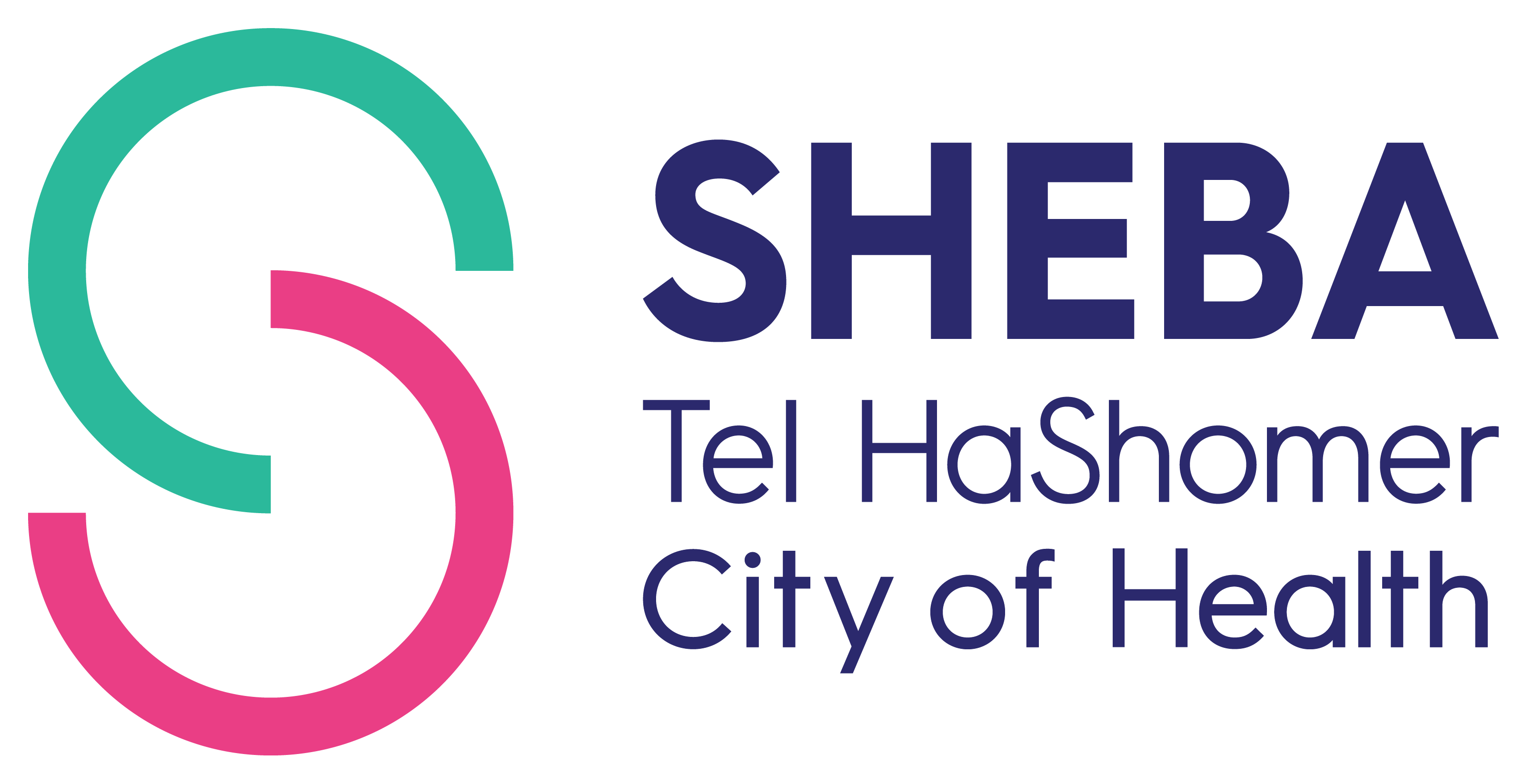Facial Bone Trauma
One of our department's areas of practice is the treatment of trauma to the facial bones and jaws. These injuries may occur due to various causes, such as accidents, sports injuries, falls, or violence. Such injuries can have significant consequences both functional (chewing, speaking, breathing, vision, etc.) and aesthetic, with a potential impact on one’s appearance self-perception. Optimal treatment and diagnosis is crucial for restoring the function and aesthetics of the face and masticatory system after injury.
The head & neck area is anatomically complex, so in cases of severe injuries, the Oral and Maxillofacial Surgery Department works as part of a multidisciplinary team in cooperation with other departments (ENT and Head and Neck, Plastic Surgery, Neurosurgery, Ophthalmology, etc.).
Possible Mechanisms of Injury
 Blunt trauma: Often due to car accidents, bicycles, scooters, falls, or sports injuries.
Blunt trauma: Often due to car accidents, bicycles, scooters, falls, or sports injuries.
 Penetrating trauma: Caused by objects that penetrate the skin, due to combat, violence or accidents.
Penetrating trauma: Caused by objects that penetrate the skin, due to combat, violence or accidents.
 High-energy trauma: Severe injuries from accidents or falls from heights. These cases usually include multi-system injuries and require multi-team care
High-energy trauma: Severe injuries from accidents or falls from heights. These cases usually include multi-system injuries and require multi-team care
Anatomical Locations of Fractures to the Facial Skeleton
 Fractures in the upper jaw (maxilla): These can affect the midface, causing problems with chewing and occlusion.
Fractures in the upper jaw (maxilla): These can affect the midface, causing problems with chewing and occlusion.
 Mandibular fractures: Fractures in the lower jaw can affect chewing, speech, and breathing.
Mandibular fractures: Fractures in the lower jaw can affect chewing, speech, and breathing.
 Fractures of the cheekbone (zygoma): These fractures can have aesthetic implications and may affect the eye socket, causing vision problems and asymmetry of the eyes.
Fractures of the cheekbone (zygoma): These fractures can have aesthetic implications and may affect the eye socket, causing vision problems and asymmetry of the eyes.
 Fractures in the eye socket (orbital): Injuries to the bones around the eye can cause double vision, Change in eye position and problems with eye movement.
Fractures in the eye socket (orbital): Injuries to the bones around the eye can cause double vision, Change in eye position and problems with eye movement.
 Fractures of the forehead bone (frontal): These can include the sinus cavities and may require careful reconstruction
Fractures of the forehead bone (frontal): These can include the sinus cavities and may require careful reconstruction
Treatment Options
Treatment of facial fractures depends on the type and severity of the injury and can include one or a combination of the following options:
 Conservative Management: For minor fractures, treatment may include liquid diet for a few weeks, pain management, and follow-up.
Conservative Management: For minor fractures, treatment may include liquid diet for a few weeks, pain management, and follow-up.
 "Closed" treatment: Some fractures can be treated with intermaxillary fixation (closing of the teeth) for a period of several weeks.
"Closed" treatment: Some fractures can be treated with intermaxillary fixation (closing of the teeth) for a period of several weeks.
 Surgical intervention: Some fractures may require surgery or repositioning ("reduction") and fixation using titanium plates, screws, and/or metal wires.
Surgical intervention: Some fractures may require surgery or repositioning ("reduction") and fixation using titanium plates, screws, and/or metal wires.
 Rehabilitation: After the initial treatment, rehabilitation may be necessary, which can include physiotherapy and/or dental treatment to restore the function and appearance of the dentition. These treatments are usually performed outside the hospital.
Rehabilitation: After the initial treatment, rehabilitation may be necessary, which can include physiotherapy and/or dental treatment to restore the function and appearance of the dentition. These treatments are usually performed outside the hospital.
 Late surgical interventions: Complex cases of trauma to the facial skeleton may require several surgical interventions over a period of several months/years after the injury.
Late surgical interventions: Complex cases of trauma to the facial skeleton may require several surgical interventions over a period of several months/years after the injury.
3D Planning
In complex cases of trauma and in accordance with the therapeutic need, our department uses the services of the medical center's 3D laboratory ("PlanNet").
We work in close collaboration with the 3D lab staff to utilize the advanced tools at our disposal for a variety of applications, starting with "virtual surgery" for planning and implementation in the operating room, and 3D printing of models, bony fixation plates and/or implants customized to the patient. In cases of extensive bone and/or soft tissue defects, we utilize these tools to plan reconstructions using bone grafts or free flaps of bone and soft tissue from other parts of the body, in collaboration with the ENT-Head and Neck Department at our institution.
The use of these advanced tools, especially in cases of extensive or complex trauma, allows us to improve treatment outcomes, shorten surgical time, and reduce the uncertainty inherent in these cases. All this is aimed at providing the best possible care for our patients.
















